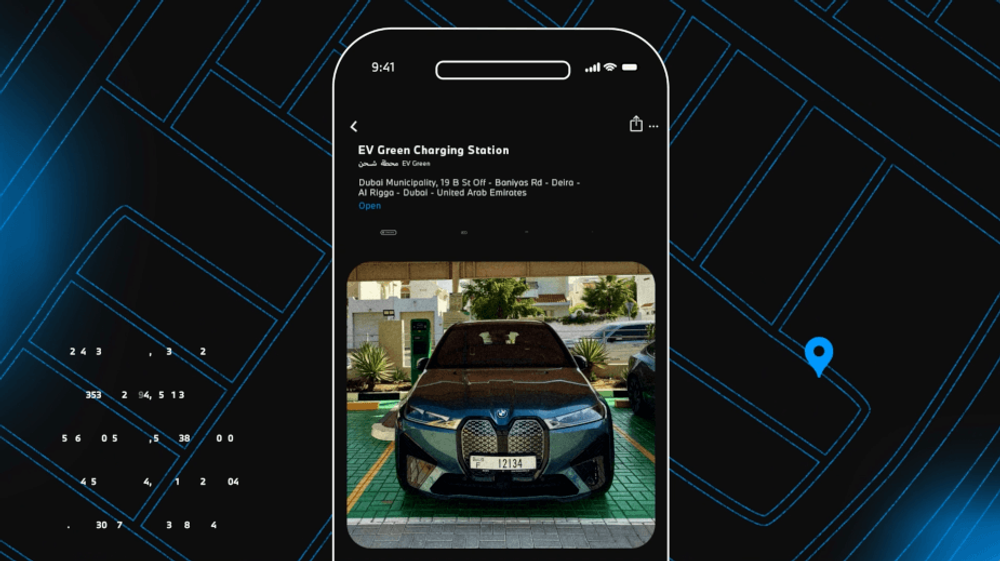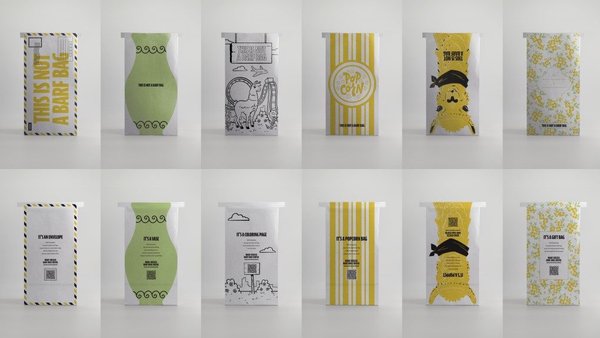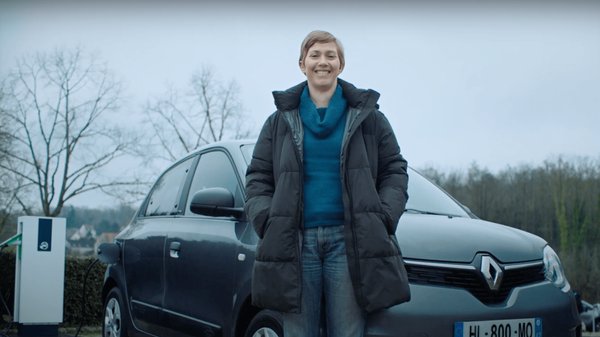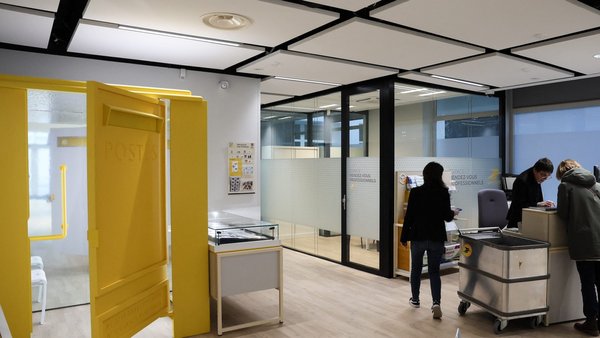Campaign of the Week
BMW photobombs Google Map reviews to boost EV test drives 400% /
Automaker floods Google Maps reviews of charging stations with photos of its cars to boost awareness of its EV models in the UAE
In the UAE, EV purchases are on the rise. However, with it still being relatively uncommon for people to have charging stations at their homes most people rely on public charging stations to power their cars. It means that one of the first things consumers in the UAE do when thinking about buying an EV is to look up their nearest charging point to check whether it would be a practical investment.
Aware of this behaviour, BMW, a recent entrant to the EV market in the UAE, photographed its EVs at over 300 charging stations across Dubai and uploaded images to the Google reviews for each charging point’s location on Google Maps. The guerilla photobombing tactic ensured that every time potential EV buyers searched for their nearest charging station they were served with images of BMWs.

The campaign was created by Serviceplan, Dubai, and reportedly only required three BMWs and a smartphone to produce. While many images were staged to look as though anyone could have taken them, the brand also uploaded 360-degree views of the cars’ interiors and integrated QR codes into images, which people could scan to request a BMW test drive.
Results / The images received 2 million organic views on Google Maps, leading to a 400% increase in test drives, where two out of five new bookings could be traced back to Google Maps. The campaign achieved $2.2m in earned media, including coverage from the region’s largest motoring channel, Arab GT, which has 3.7 million social media followers.
Contagious Insight /
Reputation accelerator / By ensuring that almost every potential new EV buyer saw images of BMWs when kicking off their search, the brand was able to rapidly grow the awareness of its EV offering, despite being the latest entrant to the market. As a world-famous automotive brand, BMW doesn’t have to do much to convince consumers about the quality of its manufacturing. However, having no long-standing history of producing EVs for the UAE market it does face the task of growing its reputation and mental availability in the sector.
When we start to see a product everywhere it not only springs to mind more easily, but we see its presumed popularity as a signal of its quality. This observation leans on our innate bias for social proof, the idea that we look to the behaviour of others to determine what is the correct choice, where following the crowd is often a good bet. When you are a new entrant to a market this approach is off the cards for an obvious reason – it’s hard to point to the popularity of your product if it isn’t yet popular. However, in this case BMW has smartly found a way to hack the system. By hijacking Google Maps reviews with simple smartphone images that anyone could have taken, BMW is able to inflate the regularity with which people see its cars ‘out and about’ in everyday life and fake the social proof that everyone must be driving them.
This fakery approach is not totally new for the global BMW brand. In 2020 when BMW Canada noticed that a third of people looking to buy a luxury car were also looking to buy a luxury house, the brand partnered with a real-estate company to picture its cars on the driveways of luxury houses in retail listings, and to park them out front when people visited. The campaign reached 127 million people and importantly helped grow BMW’s association with luxury among affluent clientele.
All part of the journey / Knowing that the first port of call for the majority of new EV purchasers in the UAE is to check their nearest charging points, BMW ensured that its brand would be seen by the bulk of people who set off on an EV purchase journey, boosting the likelihood that it will be considered by prospective buyers.
The path to purchase is messy and unpredictable. Traditional marketing funnel models are being replaced by those that recognise the route to purchase is not linear. Because no journey looks the same for each buyer it can be hard to identify moments where you can consistently get your brand to show up. However, with the insight that drove this campaign BMW found one. Not only did the stunt provide great exposure for the brand, but with the QR codes that were integrated into some of the images, BMW probed potential customers to seamlessly book a test drive and push their consideration of the brand further. It created a path where in some cases people could book a test drive straight from Google Maps before they’ve had a chance to look at the other brands they might be considering.
BMW is not the first brand to recognise the value of hijacking Google Maps. In 2020 beer brand Budweiser recruited local guides to geotag images of themselves at sports stadiums holding up posters that contained specific tag words. When searched, these tag words redirected people to a number of images of iconic sporting moments where the Budweiser brand had been present. Becoming featured photos for the locations on Google Maps, the posters were viewable to anyone searching directions to the stadium, a search which typically increases 200% on average before a big game.
Low budget banger / Not only is this campaign smart, but it’s cheap and it works because it’s cheap. While some of the images posted were less subtly the work of a brand, such as the 360-degree images of BMW interiors and those with integrated QR codes, the rest look like the work of any normal BMW EV driver with a smartphone. If the campaign was purely composed of heavily polished images the hijack would have been too obvious from the very start.
Want more of the same? /
We don’t just write about best-in-class campaigns, interviews and trends. Our Members also receive access to briefings, online training, webinars, live events and much more.







